Opening of the exhibition, prepared by the National Archives of the Republic of Belarus: «LIBERATION OF BELARUS. START. SEPTEMBER 1943–APRIL 1944.»
On September 27, 2023, at the Ministry of Justice of the Republic of Belarus opened the documentary exhibition «Liberation of Belarus. Start. September 1943 – April 1944», prepared by the National Archives of the Republic of Belarus.
The defeat of Nazi troops on the Kursk Bulge and the successful offensive of the Red Army in the summer and autumn of 1943 created the conditions for the expulsion of the invaders from Belarus.
The Red Army launched a strategic offensive on a front of 2,000 km – from Nevel to the Black Sea. Soviet troops reached the northeastern borders of Belarus. The liberation of the republic began with the Battle of the Dnieper (August–December 1943). The fierce battle lasted for more than a day, but the first regional center of Belarus – the urban village of Komarin – was eventually liberated.
An integral part of the Battle of the Dnieper was the Gomel-Rechitsa operation (November 10-30, 1943), carried out by troops of the 1st Belorussian Front under the command of General K.K. Rokossovsky. On the night of November 18, the city of Rechitsa was liberated, which became the first city in Belarus, for the capture of which a victorious salute was given in honor of the distinguished troops, according to the order of the Supreme Commander-in-Chief. On November 26, our troops liberated the regional center of Gomel, where the republic’s leadership immediately moved. The Red Army also carried out the Gorodok (December 13–31, 1943) and Kalinkovichi-Mozyr operations (January 8–February 8, 1944). At this time, in the Ozarich region, prisoners of 3 concentration camps were released, where more than 33,000 Soviet citizens suffered and died. During the Rogachev-Zhlobin operation (February 21-26, 1944), a serious defeat was inflicted on the enemy’s 8th Army.
Thus, in the fall of 1943–spring of 1944, the eastern part of Belarus was liberated and favorable conditions were created for the further long-awaited liberation of Belarus.
The exhibition presents unique documents from the archives – these are orders of the Central Headquarters of the Partisan Movement (TSSHPD) and the Belarusian Headquarters of the Partisan Movement (BSHPD), diagrams, reports, reports of partisan brigades and detachments on combat operations, command orders, as well as a collection of partisan newspapers – unique monuments of partisan creativity and chronicles of the national struggle behind enemy lines.
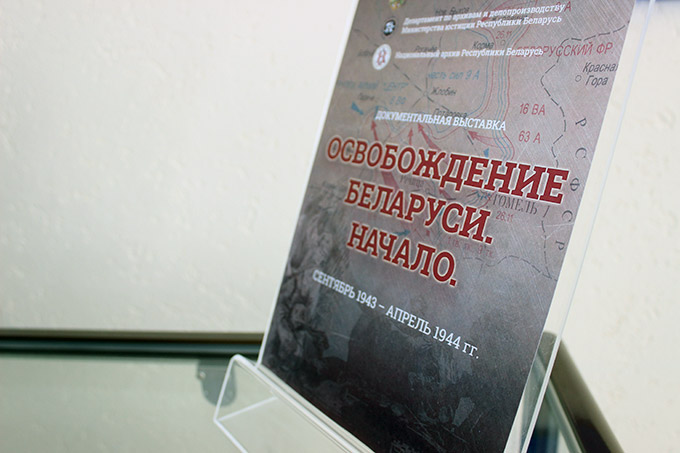
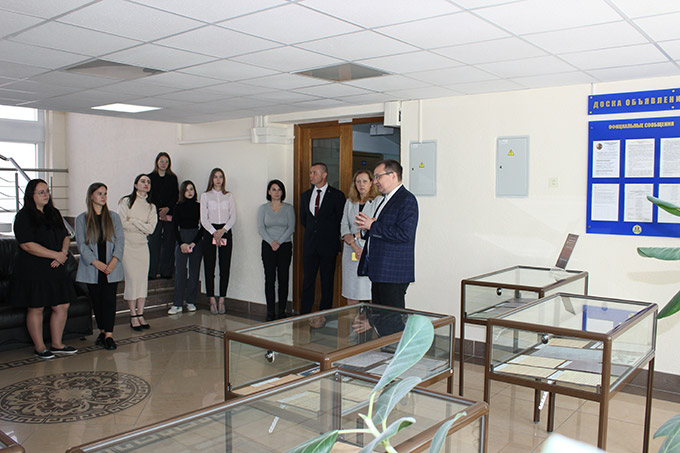
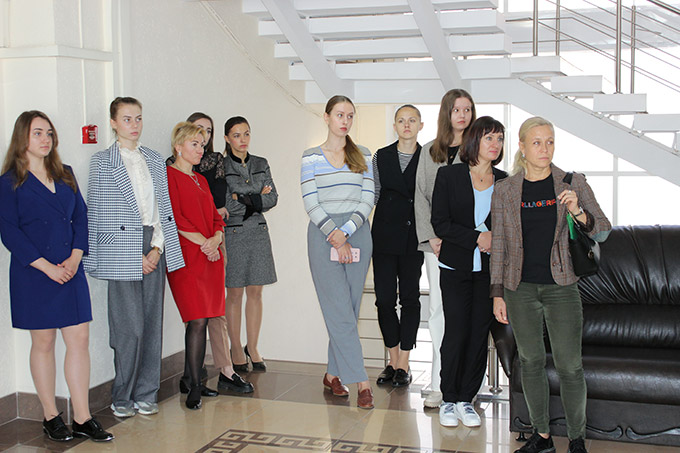
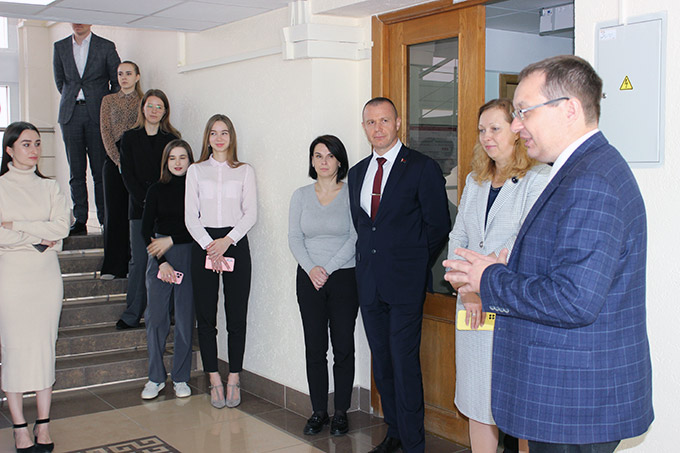
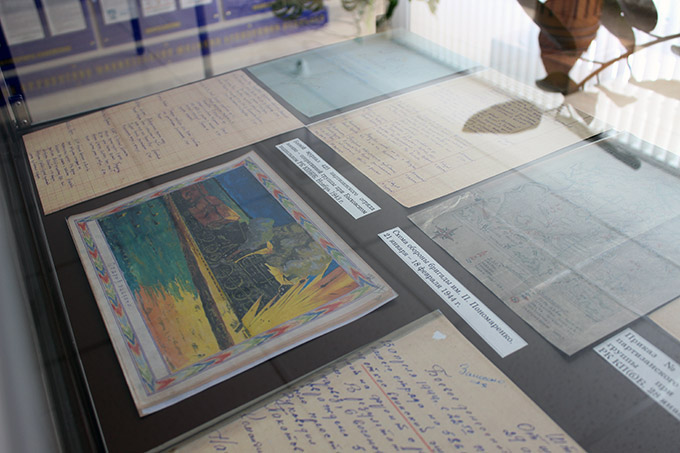
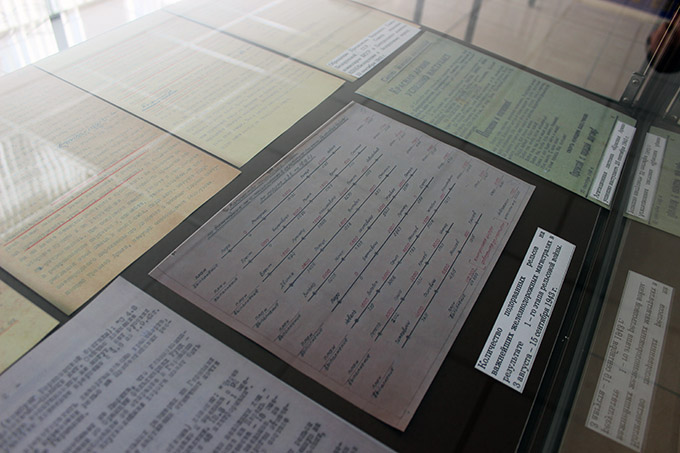
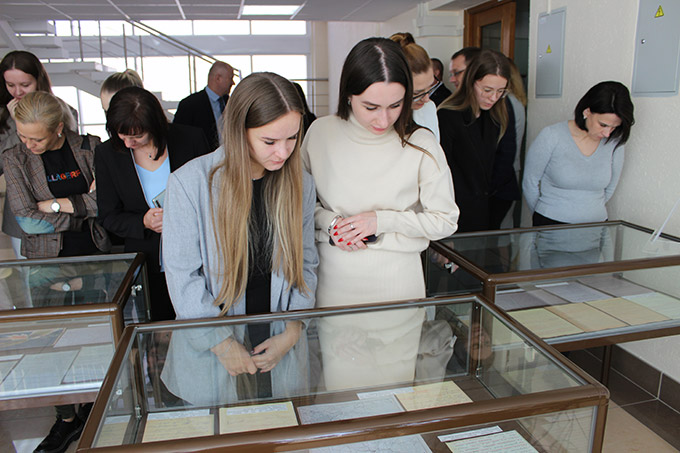
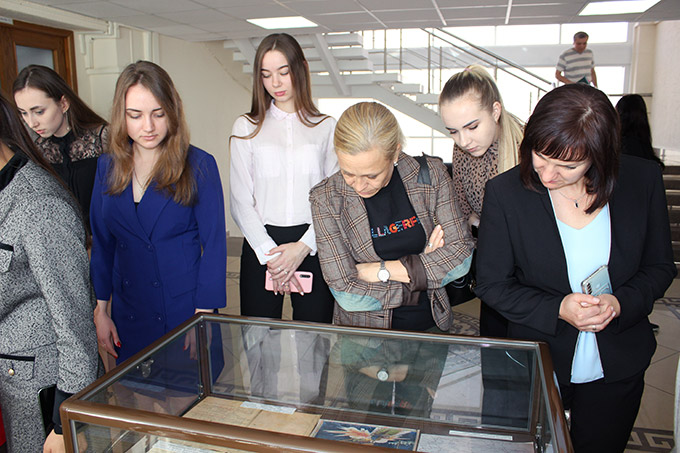

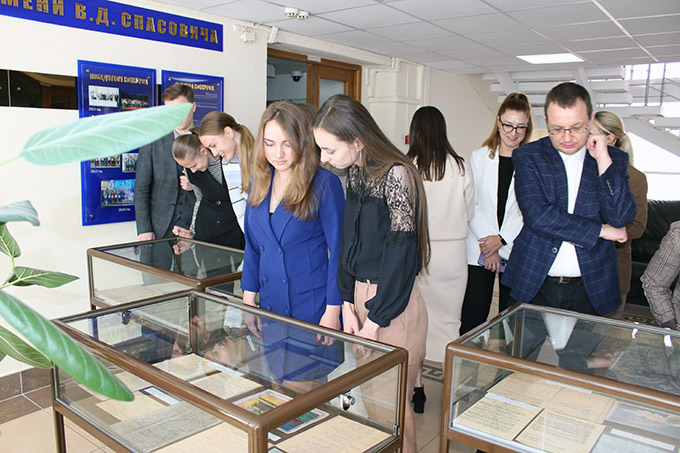
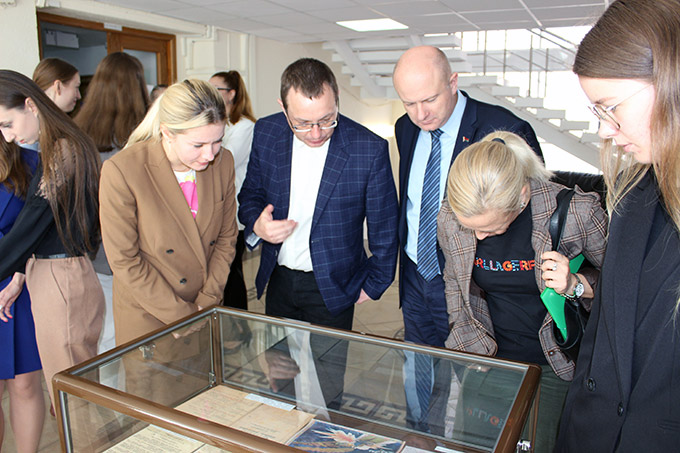
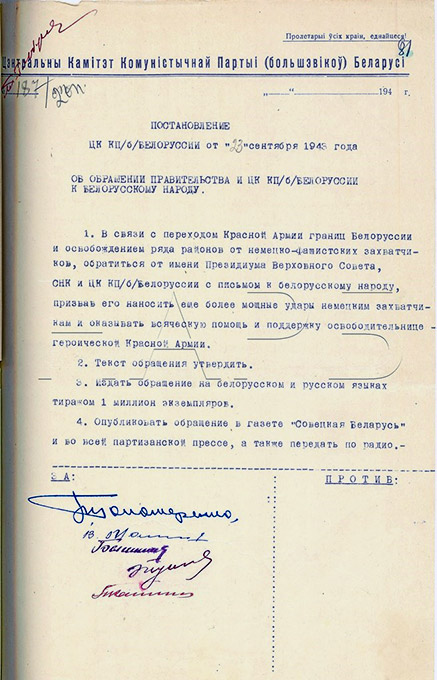 |
| NARB_LA_4p_3_1246_81 |
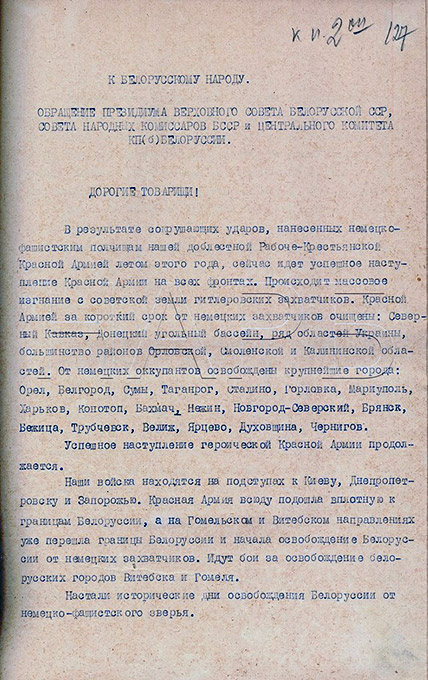 |
| NARB_LA_4p_3_1246_127 |
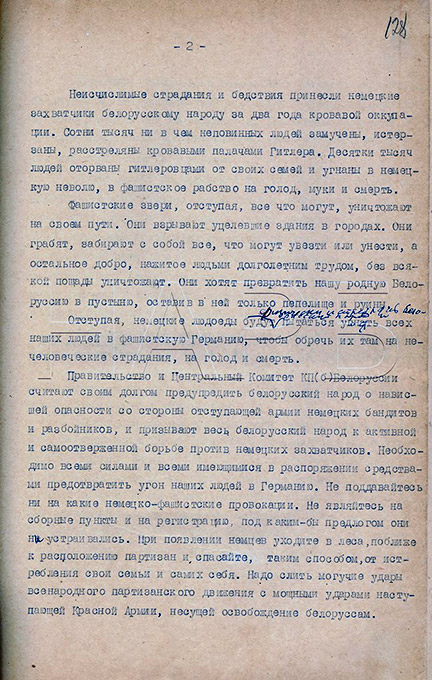 |
| NARB_LA_4p_3_1246_128 |
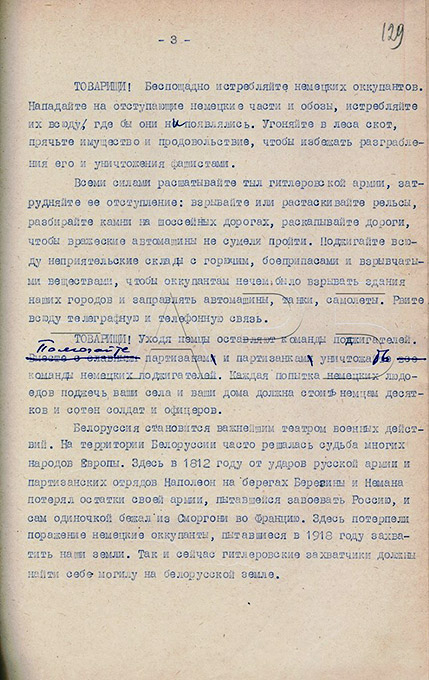 |
| NARB_LA_4p_3_1246_129 |
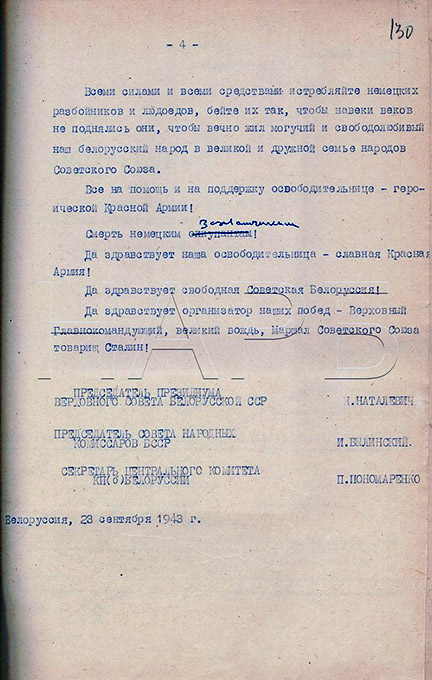 |
| NARB_LA_4p_3_1246_130 |
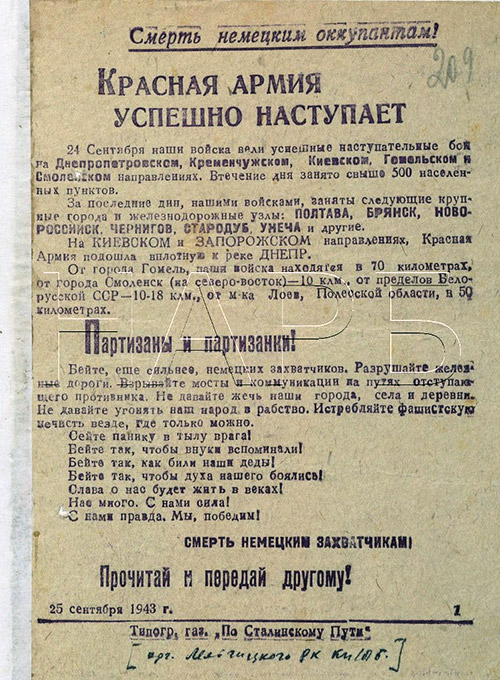 |
| NARB_LA_1330_1_1_209 |
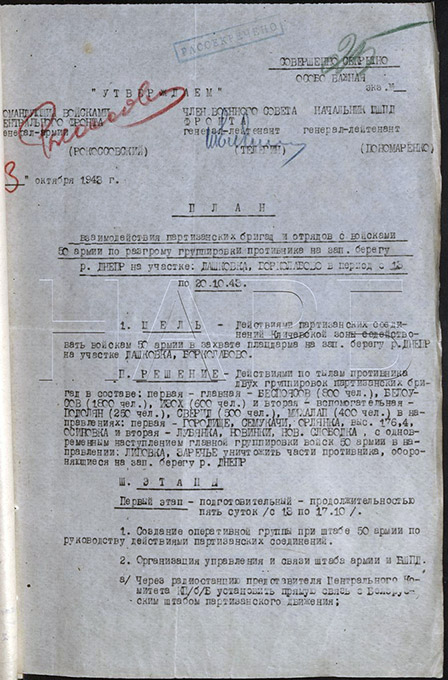 |
| NARB_LA_1450_1_1007_025 |
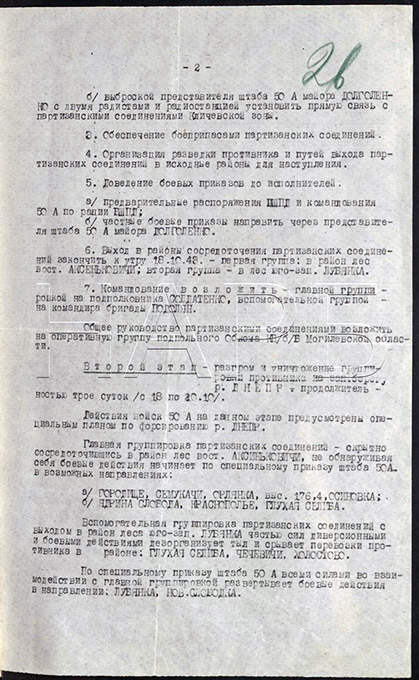 |
| NARB_LA_1450_1_1007_026 |
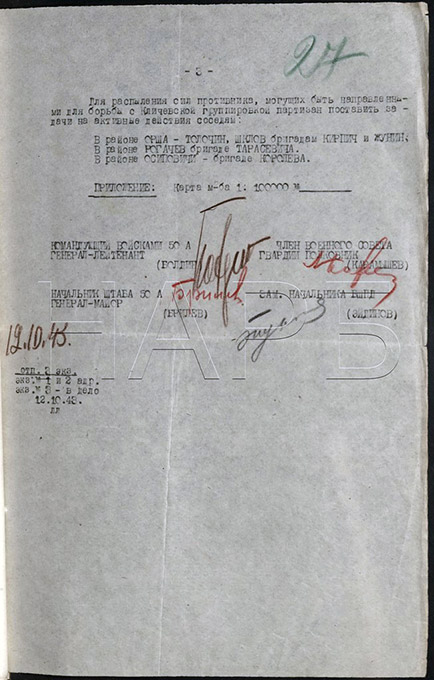 |
| NARB_LA_1450_1_1007_027 |
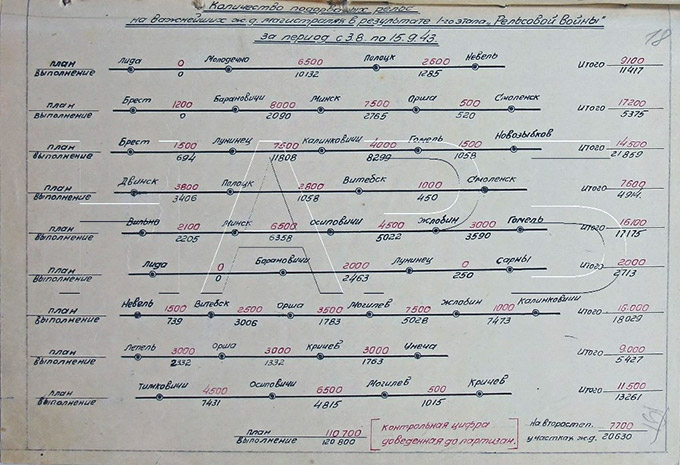 |
| NARB_LA_1450_3_119_018 |

